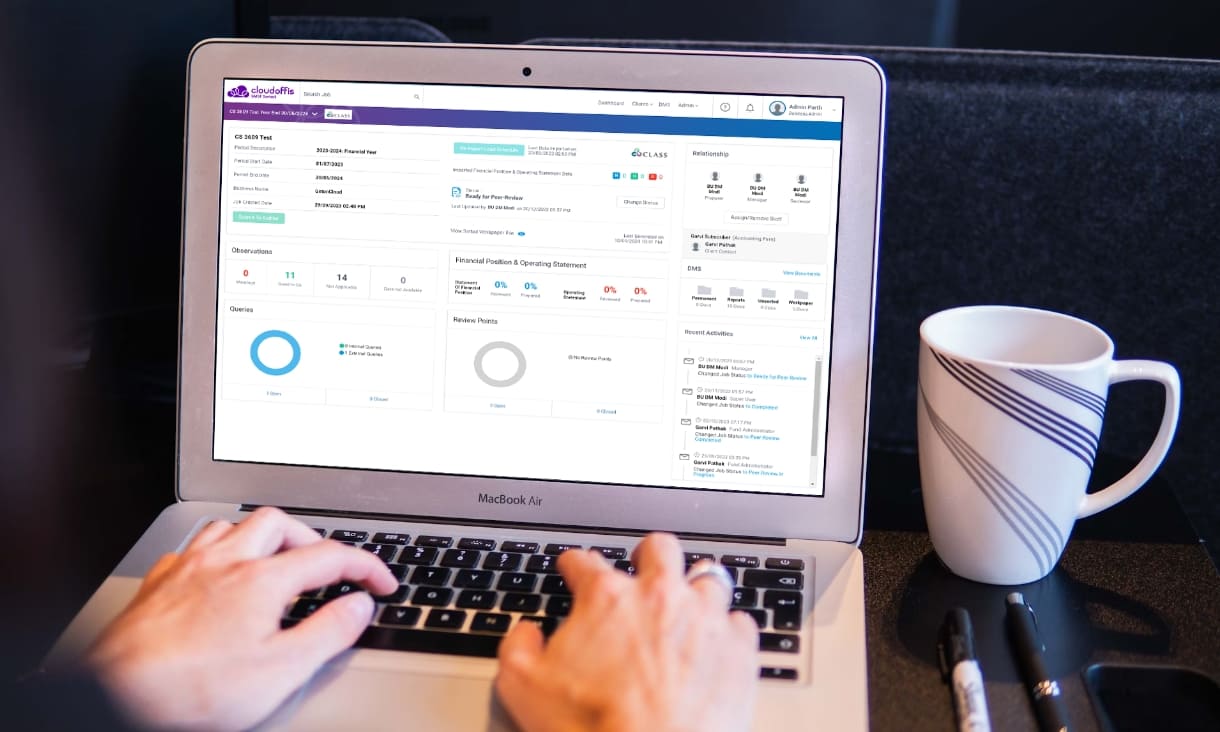As featured in SMSF Adviser on 7 April, 2021. Read the full article here.
SMSF today. Ready for tomorrow.
Cloudoffis SMSF Sorted, Release v2.5 – Workpapers. SMSFs are all about choosing today what gets you ready for tomorrow. At Cloudoffis, we believe SMSF software should do the same. And what we have in store with this month’s product release will pave a new way. This is a big change. And a big opportunity. …Cloudoffis has introduced an exciting new financial workpapers features to SMSF Sorted… These will save accountants and administrators hours in preparing work papers each year. Easy accessibility within SMSF Sorted means various stakeholders within the firm can collaborate. Recently, we hosted a webinar to 100s of progressive firms, walking through some of these new releases and many more upcoming new features. Watch a recording of the session via the link below, and read on to learn more about the new, and incredibly more efficient, way of conducting workpapers.
It’s time to re-imagine workpapers.
With Cloudoffis’ SMSF Sorted latest release v2.5 “Workpapers”, you will step into the next evolution of workpaper preparation. Drastically minimise:
- Code & post methods
- Glorified Excel workpapers
- Manual data entry
- Refreshing and rekeying data
Openly welcome:
- Automated workpapers direct from the source, all in one application!
How has Cloudoffis reinvented Workpapers?
SMSF Sorted’s “Workpapers” is not an Excel workbook—these automated workpapers are reimagining the way you approach workpaper preparation. You’ll be able to preserve integrity and enjoy automated totals, with the added benefit of flexible control. SMSF Sorted, Release v2.5 – Workpapers topline benefits include:
- Data attached & populated straight from the original source in Class
- Automatic calculation, tagging against line items and updated on re-import
- Control and customisation with flexibility to add additional fields or manual data
- Annual changes automatically updated and applied
- Everything in one system that fits into your overall SMSF administration process
- Seamless workflow collaboration and transfer from preparation team to Auditors
This is a very exciting staged roll out. Current workpapers available in this release are:
- Direct Property Workpapers
- Tax Reconciliation
- GST Reconciliation
..with 5 more workpapers coming in the next few weeks. Cloudoffis is doing everything to make sure this new approach to SMSF administration processes is robust and flexible, to ensure your SMSF business is ready for tomorrow. Join us in the evolution of SMSF Sorted – Workpapers. Schedule a Demo to see the new Workpapers live in action!









